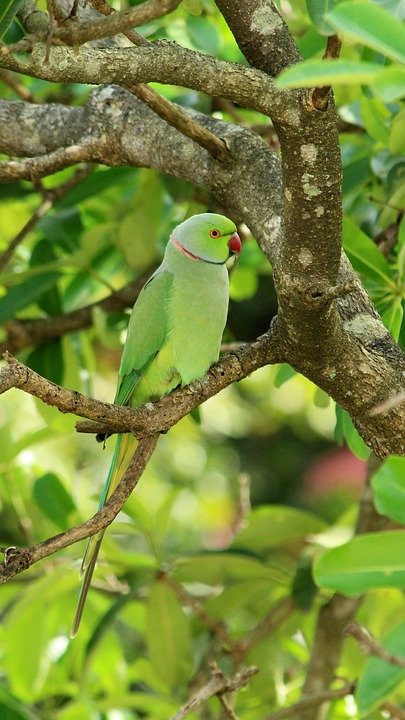Parrots are known for their vibrant plumage, impressive vocal abilities, and charismatic personalities. However, their behavior goes beyond these surface traits. One fascinating behavior exhibited by parrots is their instinctual drive to build nests. In this article, we will delve into the intricate art of nest building in parrots, exploring the reasons behind this behavior, the process involved, and its significance for their overall well-being.
The purpose of nest building in parrots serves both reproductive and non-reproductive functions. Reproduction and breeding are the primary motivations behind this behavior. Parrots build nests to create a safe haven for their offspring, providing protection from predators and harsh weather conditions. The nest also offers a conducive environment for egg incubation and chick rearing. By building a nest, parrots are able to attract a mate. They display their nesting skills as a means of attracting a potential partner and demonstrating their commitment and readiness to raise a family.
Nest building also serves the purpose of comfort and security for parrots. By creating a personal space, parrots establish a territory within their environment. This helps them feel a sense of ownership and security, which is important for their overall well-being.
The nest building process involves several stages. Parrots begin by picking the ideal location for their nest. Different parrot species have different preferences for natural vs. artificial settings. Factors such as the availability of suitable nesting sites and the specific needs of the species should be taken into consideration when providing artificial nest options.
Once the location is chosen, parrots gather nesting materials. These can include natural materials such as leaves, twigs, and branches, as well as feathers, fur, and other soft materials. Some parrots also utilize artificial materials if they are provided. It is important to ensure the safety and non-toxicity of these materials.
Parrots employ various construction techniques to build their nests. They start by designing a sturdy base structure, selecting a foundation that can support the weight of the nest. Stability and durability are reinforced to ensure the nest remains intact. Layering and weaving techniques are then employed to create a secure and comfortable nesting space. It is interesting to note the diversity in construction methods across different parrot species.
Different parrot species exhibit unique nest building behaviors. Macaws, for example, choose tree cavities or create large nests on cliffs. They display impressive construction skills in building their elaborate nests. Cockatoos, on the other hand, utilize tree hollows for nesting and modify the cavities to suit their needs. African Grey Parrots engage in cooperative nest building, with both partners participating in joint construction efforts and shared parental responsibilities.
To further understand parrot behavior and nest building, some frequently asked questions (FAQs) are addressed. These include inquiries about why parrots build nests even if they are not breeding, whether parrots can build nests without a mate, how to encourage pet parrots to engage in nest building behavior, the necessity of providing artificial nest options, and what to do if a parrot destroys its nest after building it.
In conclusion, understanding parrot behavior is crucial for providing these intelligent and social birds with a fulfilling environment. Nest building is a fascinating aspect of parrot behavior, serving various purposes related to reproduction, comfort, and security. By appreciating and accommodating this instinctual behavior, we can enhance the well-being of our feathered companions and deepen our connection with them.









